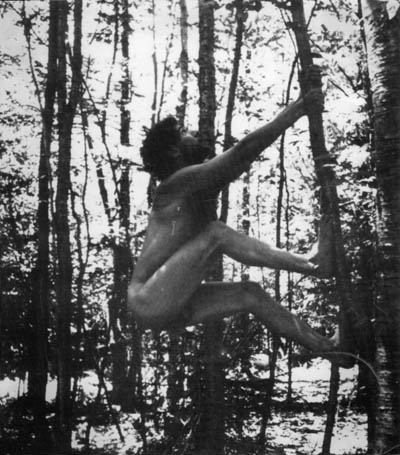
after Gertrude Stein:
on Improvisation and what my teachers taught me
Daniel Lepkoff
March 24, 2005
I have been involved for more than 30 years in what has eventually come to be called improvisation, that is: what is made at the same time as the making of what is made.
As time passes this practice is called into question and as it has always been questioned the questions become a companion to the thing itself, which is the making of the making of what is made. The questions leave in their wake a changing landscape of definition, the landscapes of definition are changing, that is the landscape comes into being at the moment it is seen.
All artists are improvising. A work of art is known only as it is being known, is seen as it is being seen, so each of us are creating our seeing as we are seeing, so seeing is making, and the only thing which changes is our seeing, and even though our seeing is always repeating and cycling, its particular emphasis and insistence are always unique. Perhaps the current fashion is nothing other than a temporary obsession with the repetition of the act of one way of seeing and then eventually seeing how the seeing changes.
My teachers (Mary Fulkerson and Steve Paxton) and the body of work they each were tapping into, led me to consider not dance, but movement, and considering movement became dance, so I began learning about dance tradition, dance in the historical sense, after I had already learned to dance.
The practice of considering movement is a practice of making movement, is a practice of seeing the making of movement, is a practice of observation, is accomplished together with one's senses, and together with being conscious.
Much of what my teachers did was place something in front, in the line of view if ones view could follow that line; this they did by being interested in something, and my interest in them became an interest in the direction of their interest, became a pointing of my own interest, a direction of my own seeing. So I was taught to be a dancer of seeing, a body of embodying a body of knowledge; knowledge of that which is known by knowing.
It is only important to do what you are doing and simply accept the equation that the doing is the knowing of the doing. To know what you are doing in the sense of preparing for the strong and clear insistence on the act of seeing while acting.
First appeared in: Contact Quarterly
Summer/Fall 2009 Vol. 34 No. 2